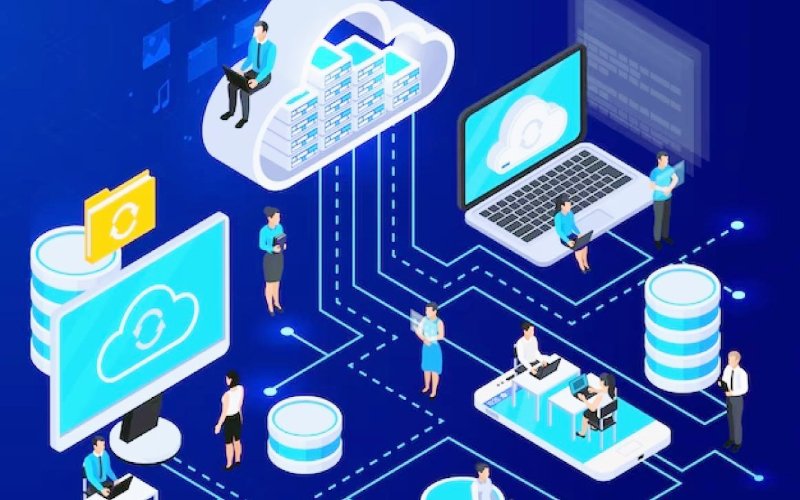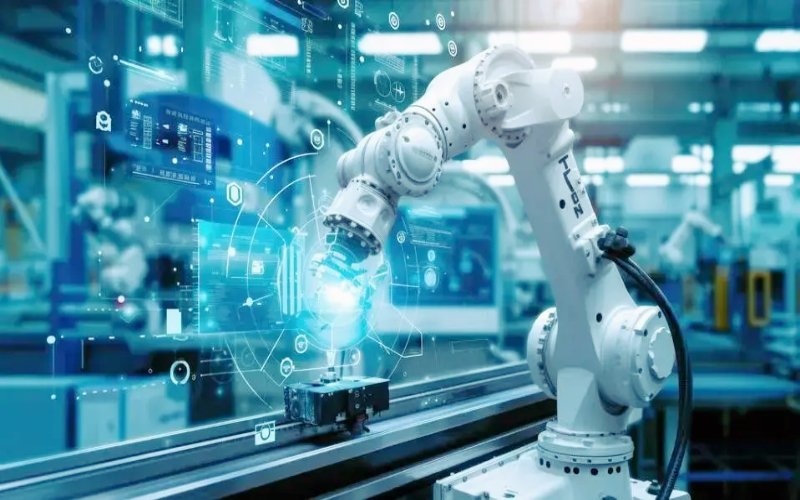Introduction to Edge Computing
In today’s rapidly advancing technological landscape, edge computing is emerging as a significant force that is transforming the traditional computing paradigm. Rather than sending data to centralized cloud servers for processing, edge computing processes data closer to its source. This shift is opening up new possibilities for real-time data handling, improved performance, and enhanced security.
The future of edge computing holds exciting potential as it continues to evolve and integrate with other emerging technologies. Understanding its applications and implications is crucial for organizations aiming to stay ahead in a competitive landscape.
What is Edge Computing?
The term “edge computing” describes the process of handling data locally, at or close to the point of origination.This is in contrast to traditional cloud computing, where data is sent to remote data centers for processing and storage. Edge computing provides a number of benefits by managing data at the network’s edge, such as decreased latency, better bandwidth use, and increased security.
This approach is becoming increasingly important as the number of Internet of Things (IoT) devices grows, generating vast amounts of data that need immediate processing. The future of edge computing promises to address these challenges effectively, offering a more agile and responsive solution compared to traditional models.
The Rise of Edge Computing
The surge in demand for real-time data processing has fueled the growth of edge computing. Industries such as healthcare, transportation, and manufacturing are turning to edge computing to overcome limitations related to latency, bandwidth, and scalability.
Key Drivers Behind Edge Computing:
- Low Latency: Essential for applications like autonomous vehicles and industrial automation, edge computing reduces the delay associated with sending data to remote servers.
- Bandwidth Optimization: By processing data locally, edge computing alleviates network congestion and reduces associated costs.
- Enhanced Security: Local processing minimizes the risk of data breaches as sensitive information doesn’t traverse the internet.
- Scalability: Distributing computing resources across multiple edge devices improves load balancing and resource management.
The Impact of Edge Computing on Various Industries
Healthcare
In healthcare, edge computing is revolutionizing patient care and medical operations. Real-time monitoring of health data allows for prompt responses to emergencies, and telemedicine benefits from reduced data transmission times. Enhanced data privacy is achieved through local processing, which is critical for handling sensitive medical information.
Transportation
Edge computing enhances transportation systems by enabling smarter connected vehicles and more efficient traffic management. Real-time data processing in vehicles supports autonomous driving and collision avoidance, while local data analysis improves traffic flow and fleet management.
Manufacturing
The manufacturing industry is leveraging edge computing to build smart factories. Predictive maintenance and real-time quality control are key applications, allowing for timely detection of issues and improved product quality. Additionally, edge computing optimizes supply chain operations by providing real-time visibility of goods and assets.
Retail
Edge computing revolutionizes customer experiences and operational effectiveness in retail. Personalized recommendations and real-time inventory management are facilitated by local data processing. Edge computing also enhances in-store analytics, enabling better decision-making based on customer behavior.
The Future of Edge Computing: Emerging Trends
Technological Advancements
As edge computing continues to evolve, advancements in hardware and network infrastructure will drive its growth. More powerful edge devices and the expansion of 5G networks will enhance the capabilities of edge computing, supporting more sophisticated applications and faster processing speeds.
Integration with Other Technologies
The future of edge computing includes integration with technologies such as blockchain and quantum computing. Blockchain could improve the security and integrity of edge computing systems, while quantum computing might offer breakthroughs in data processing capabilities.
Hybrid Approaches: Edge and Cloud Computing
Cloud computing and edge computing are not incompatible.Instead, they complement each other by combining the strengths of both technologies. Edge computing handles real-time processing, while cloud computing provides centralized storage and large-scale data analytics. This hybrid approach maximizes efficiency and flexibility in data management.
Preparing for the Future of Edge Computing
Organizations must prepare for the future of edge computing by investing in appropriate technologies, developing strategies for managing distributed resources, and ensuring robust security measures. Training and staying informed about industry trends will be crucial for leveraging edge computing effectively.
Conclusion
The future of edge computing is poised to reshape the technological landscape across various industries. With its ability to offer real-time data processing, enhance performance, and improve security, edge computing is set to play a pivotal role in advancing technology and optimizing operations. By understanding its applications and staying ahead of emerging trends, organizations can harness the full potential of edge computing and position themselves for future success.
Also visit on techitl.com.




